Recently, the Madras Crocodile Bank located in Mahabalipuram, started a fundraising campaign asking people to donate funds in order to keep the park functional amid the pandemic. And a report by Live Mint suggests that several donors have come forward to help.
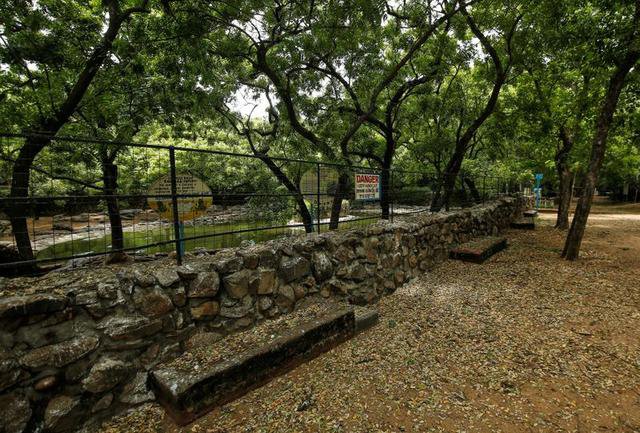
The Madras Crocodile Bank Trust is the brainchild of revered herpetologist (one who studies reptiles and amphibians) and wildlife activist Romulus ‘Rom’ Whitaker.
Initially, the bank’s aim was to keep crocodiles safe, breed and multiply them and release them into the wild once they were fit.
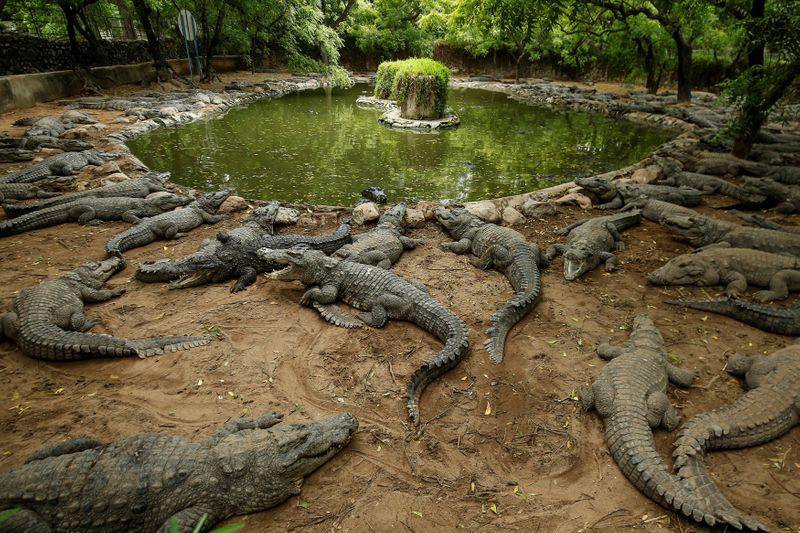
With time, the bank started keeping the crocodiles within the park due to the lack of safe spaces for the reptiles.
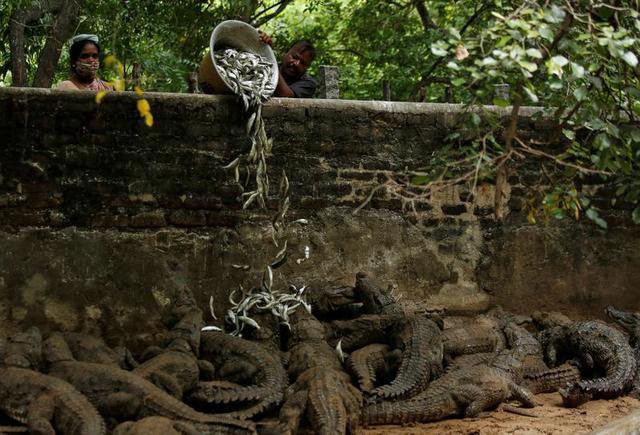
What started as a research and breeding facility for the three crocodile species – mugger crocodile, the saltwater crocodile, and the gharial – that were nearing extinction at the time, is now the largest crocodile sanctuary in India.
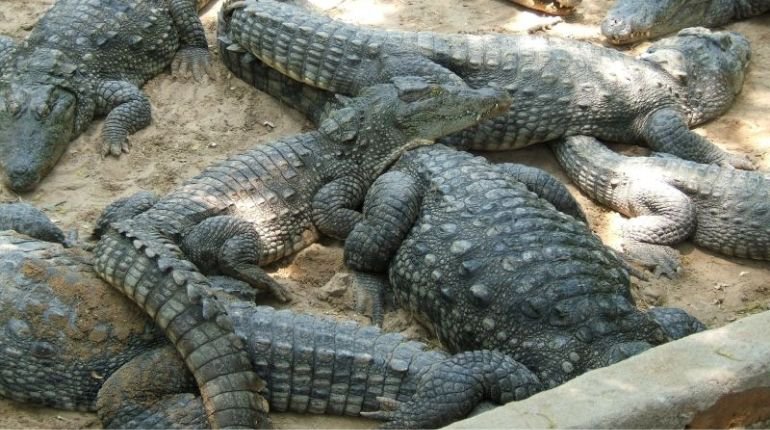
Spread over 8 acres, the bank has bred more than 5,000 crocodiles of 14 different species during its existence. Today, it has over 2000 crocodiles and alligators, among other reptiles.
You will see them either soaking in the sun, sleeping or strolling around in their space.
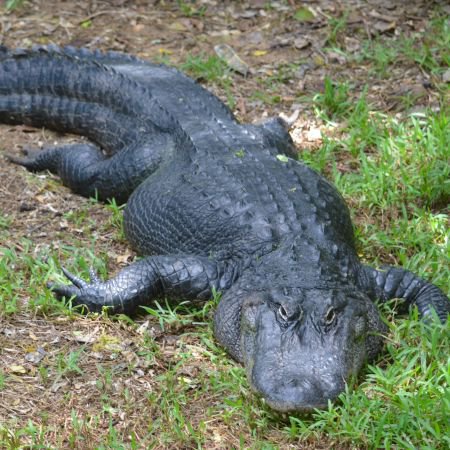
Also registered as a zoo, the Madras Crocodile Bank invites as many as 4.5 lakh visitors from India and abroad, every year.
Apart from tourists, the facility also holds guided volunteer-for-a-day programmes. The one-day or two-day programmes are designed for participants to understand what is involved in running the zoo, and include educational activities.
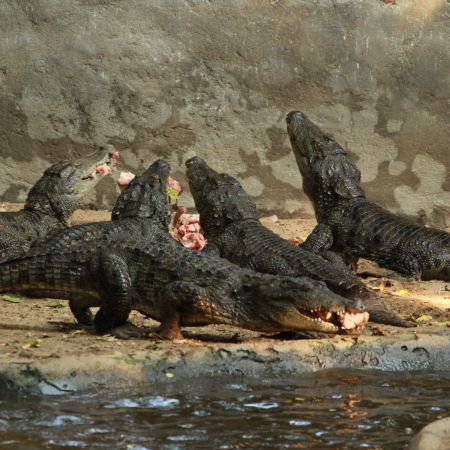
The centre once also housed the largest crocodile bred in captivity in India, Jaws III. It passed away earlier this year at the age of 50.
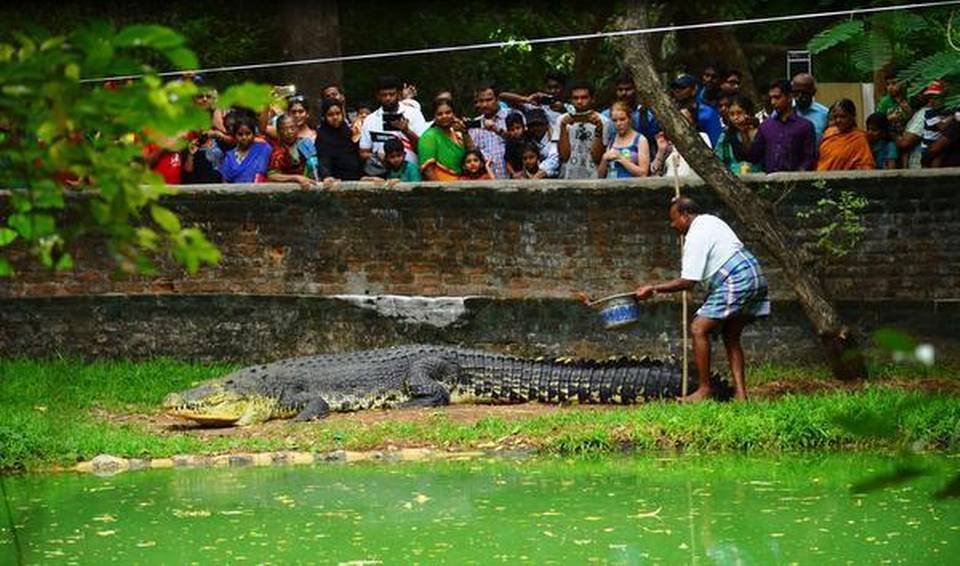
The Crocodile Bank grounds are covered by coastal dune forest providing a safe space for wildlife.
It also has the Albadra, one of largest tortoises in the world.
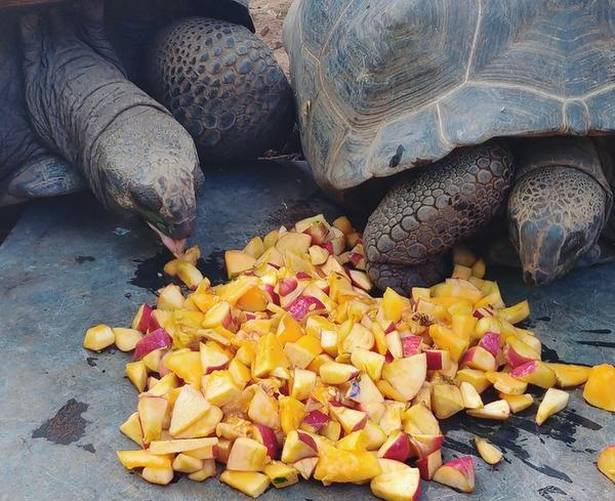
However, the park has remained shut since 16th March due to the coronavirus lockdown leading to a huge financial crunch. It has made an appeal to the people to donate funds on its website. You too can donate here and contribute towards the conservation of several endangered reptiles.

















